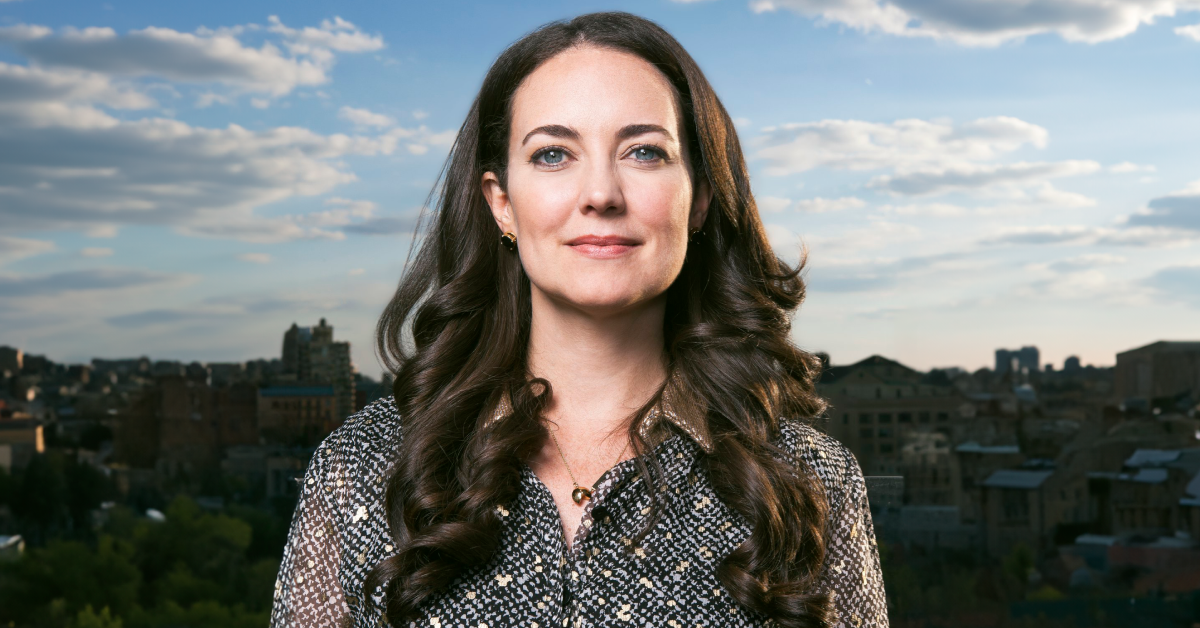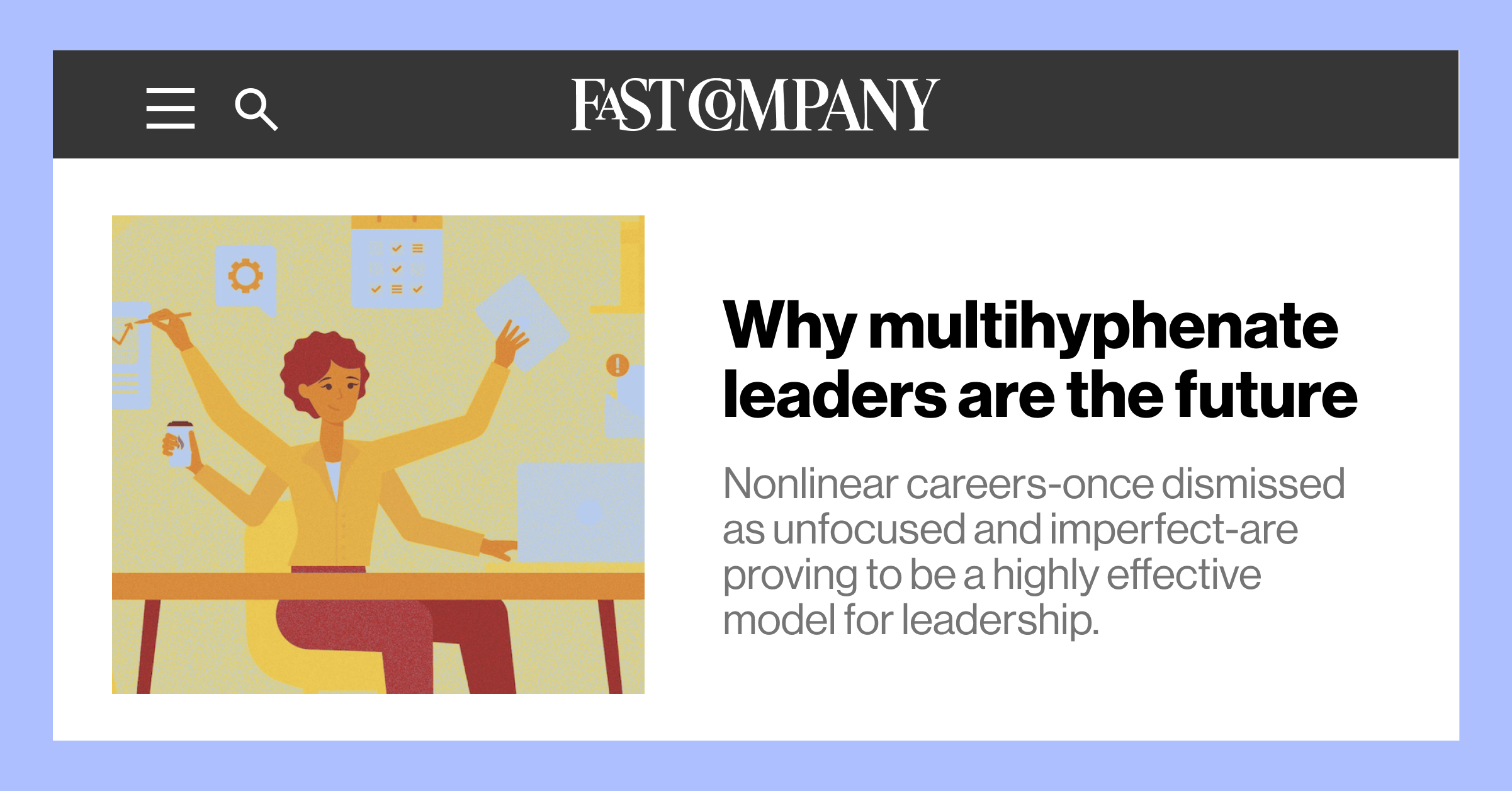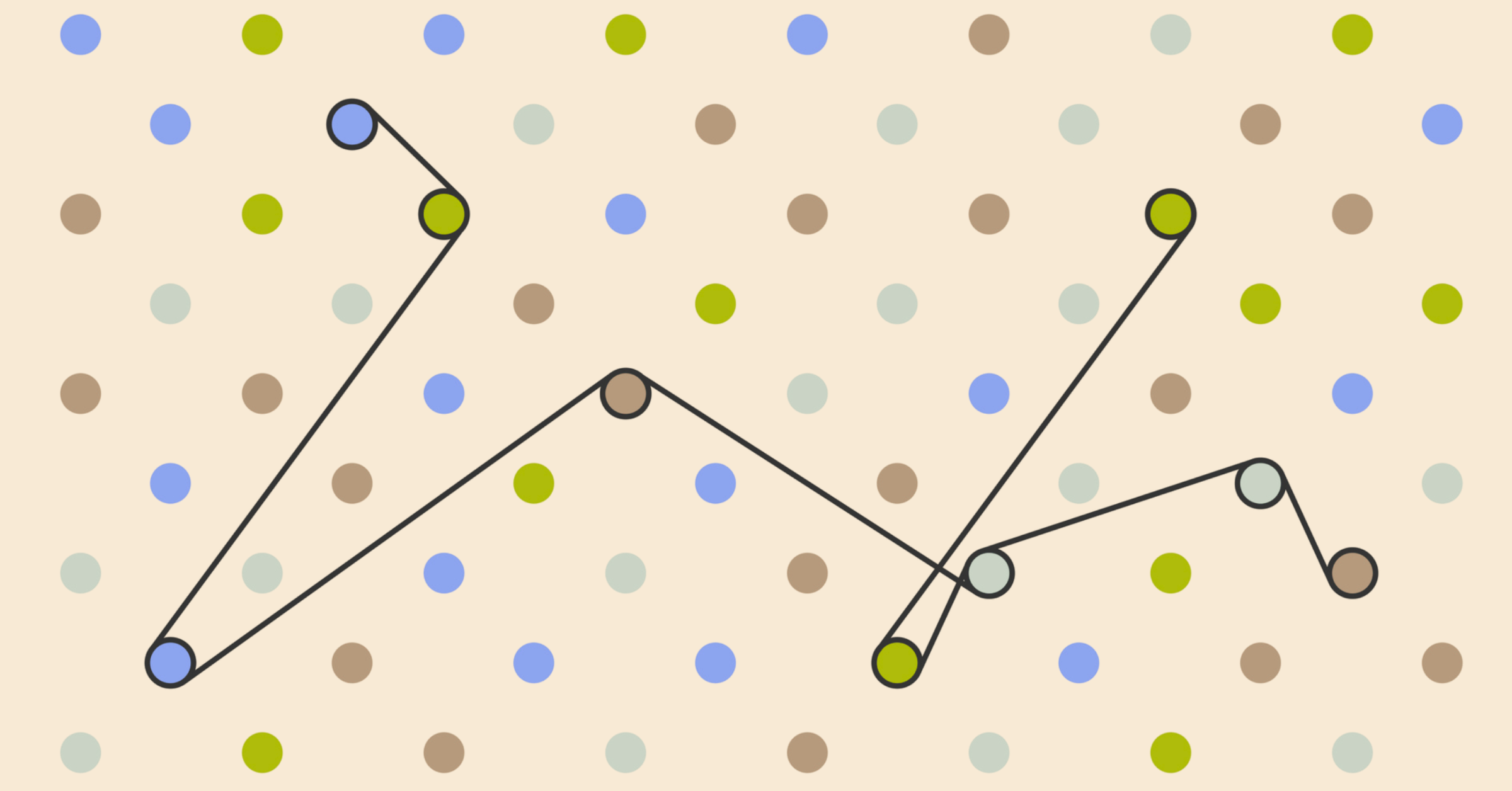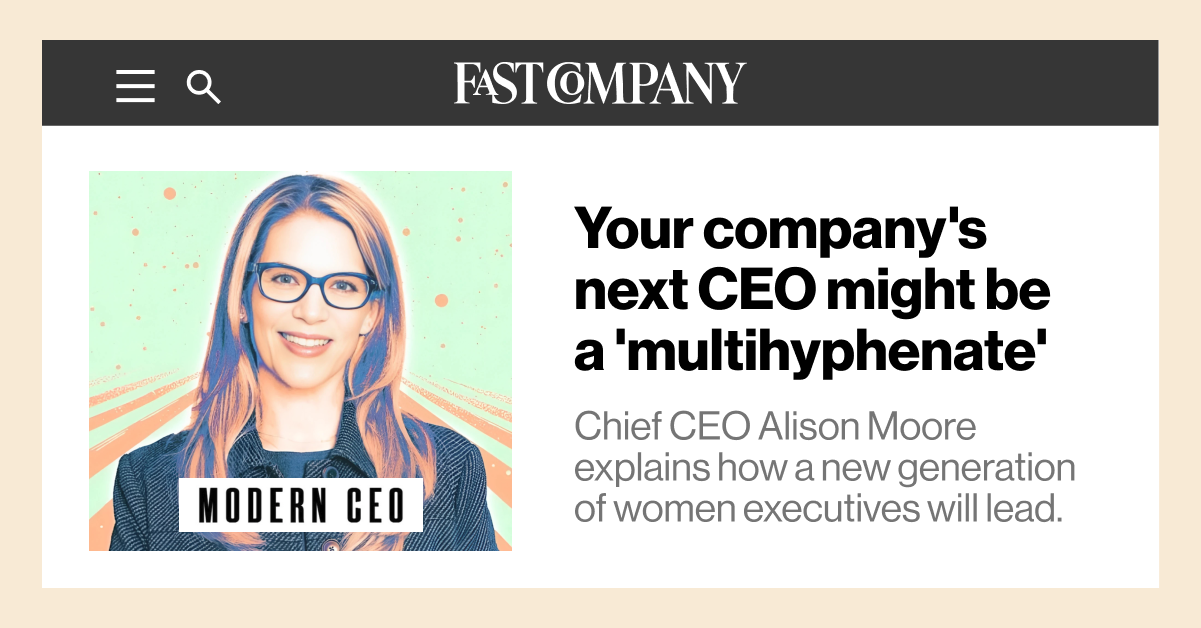A chance encounter, a whole lot of gumption and a key early pivot helped Sarah Kauss’s small, purpose-driven startup go global. On a trip to Seattle to meet with a buyer for Starbucks, Kauss noticed Starbucks CEO Howard Schultz at the coffee bar. Kauss wanted to walk over, but the buyer was nervous.
“She said, ‘There’s absolutely no way I’m going to go talk to my boss’s boss’s boss,’” Kauss recalled. “So I said to her, ‘Will you hold my bag?’”
Kauss grabbed her signature water bottle, approached Schultz alone, and pitched him her idea to sell S’well in more stores. It worked, helping S’well expand into 10,000 Starbucks locations in the United States, Europe and Asia.
“I would still be kicking myself today if I hadn't had the gumption to go up to him and say, ‘We should be doing more business together,’” Kauss said.
It was one of many bold moves Kauss has made over the course of a career that began as an accountant at EY, including an early pivot that was key to S’well’s success as a $100 million brand that’s replaced more than 4 billion single-use plastic bottles. Kauss sold S’well in 2022 and today focuses on making an impact by advising a range of public and private companies. In a conversation with Chief Member Laura Kohler, Chief Sustainability and DEI Officer at Kohler Co., Kauss shares what inspired her to become a sustainability-focused entrepreneur, the early mistake that helped hone the S’well brand, and her advice for leaders balancing the pursuit of profit with the potential to do good.
On Realizing She Wanted to Become an Entrepreneur
“I was at EY and was fortunate that I was able to do the accounting and taxes for a lot of internet entrepreneurs in Southern California back in 1999 through 2001. Sitting down with those entrepreneurs, I realized I wanted to jump to the other side of the table, and become one of them some day.
“When the dotcom [economy] crashed, I went to Harvard Business School. Then I did a whole bunch of nonlinear careers. I did consulting for a few years. I went and worked for a publicly traded real estate equity investment trust.
“I realized if I was going to step off [my career path], I should step off for something that was going to bring me personal meaning, personal joy…That's where the sustainability part of my story and my startup came in.”
On How She Got the Idea for S’well
“Everywhere I traveled, every job that I had, I always carried my reusable water bottle with me. It was a bottle I got in school at Boulder that had a sticker of Ralphie the Buffalo, the mascot of the football team.
“As I was getting more senior in my career, I was getting better handbags, better shoes, nicer suits, but my water bottle stayed the same. It took me taking a vacation with my mom, having some time off, doing a little blue sky thinking and taking a sip of my water bottle to have this idea that somebody in the world should create a better-looking water bottle, and tie it to a social mission. From that moment on, my whole life changed because I realized that no one was going to do it if I didn't believe in doing it myself.”
On the Mistake That Led to a Pivotal Realization
“From the beginning, S’well was on a mission to change the world to get people to use less single-use plastic. From the very first bottle that I ever sold, I worked with nonprofits like WaterAid and UNICEF trying to bring clean drinking water to those in need.
“The challenge was I led with the problem. If you look at that first website that I created, we looked like a nonprofit that happened to be selling a product. I talked all about the Great Pacific Garbage Patch, and how much plastic was floating in the ocean. I talked about how many women and girls didn't have clean drinking water. I didn't lead with the beautiful solution: a small bottle that keeps your water hot and cold, because the bottle is insulated. I forgot to lead with the product, because I thought that everybody was going to care so much about the problem I was solving.
“It took me a moment to pivot and think about the messaging. How do I tell the story in bite-sized pieces that educates the consumer without telling them everything? I had to take my time and layer that messaging in. I actually called [our first customers] accidental activists. I called my product a hydration fashion accessory and, by buying it, you're accidentally doing something good for the planet and the people at the same time.”
On Focusing on Profitability When Planning a Social Mission
“I advise a number of businesses and small business owners, and one of the things that I stress is profitability. Look at your ability to scale. Look at margins and contribution margins. All of that nerdy stuff matters. If you want to have the social impact piece, and you want to be around for the long term, you have to build a solid business foundation.”
On the Power of Being Vulnerable When Making Connections
“I thought I had to be perfect all the time… It took me a number of years to let go of this pretend perfection and to lead with vulnerability.
“Especially younger founders, they're a little bit nervous or starstruck to talk to me, so I need to lead with some completely knuckleheaded thing that I've done... Let's dispense with this perfection nonsense. Let's get to the heart of how we can help each other.
“It's important to lead with what you need and not necessarily what you know. It makes it a lot easier to be people together, to be human together… I find that the connections are so much more meaningful because you actually connect on a deeper level, and you're not just sharing accolades about how wonderful everything is all the time.”
On Being the Only Woman in the Room
“It's challenging. It's frustrating. But I think the more you do it, the more comfortable it gets. Sometimes I'd have to fake it a bit. Put on the glasses, power suit and the pearls. I'm from the South, so I'm generally wearing a sundress, but sometimes when you walk into the boardroom, you have to have that armor.
“Now I'm at the point that I don't need the suit. I can wear a sundress and know I'm often the smartest person in the room, but it took me a number of years to have that level of confidence. The more you put yourself in those awkward positions, the less difficult it is the next time you do it. You might be the only one who realizes you're the only [woman] in the room, so stomp around, make some noise, get there early, take the best seat, sit at the head of the table. Why not?”



